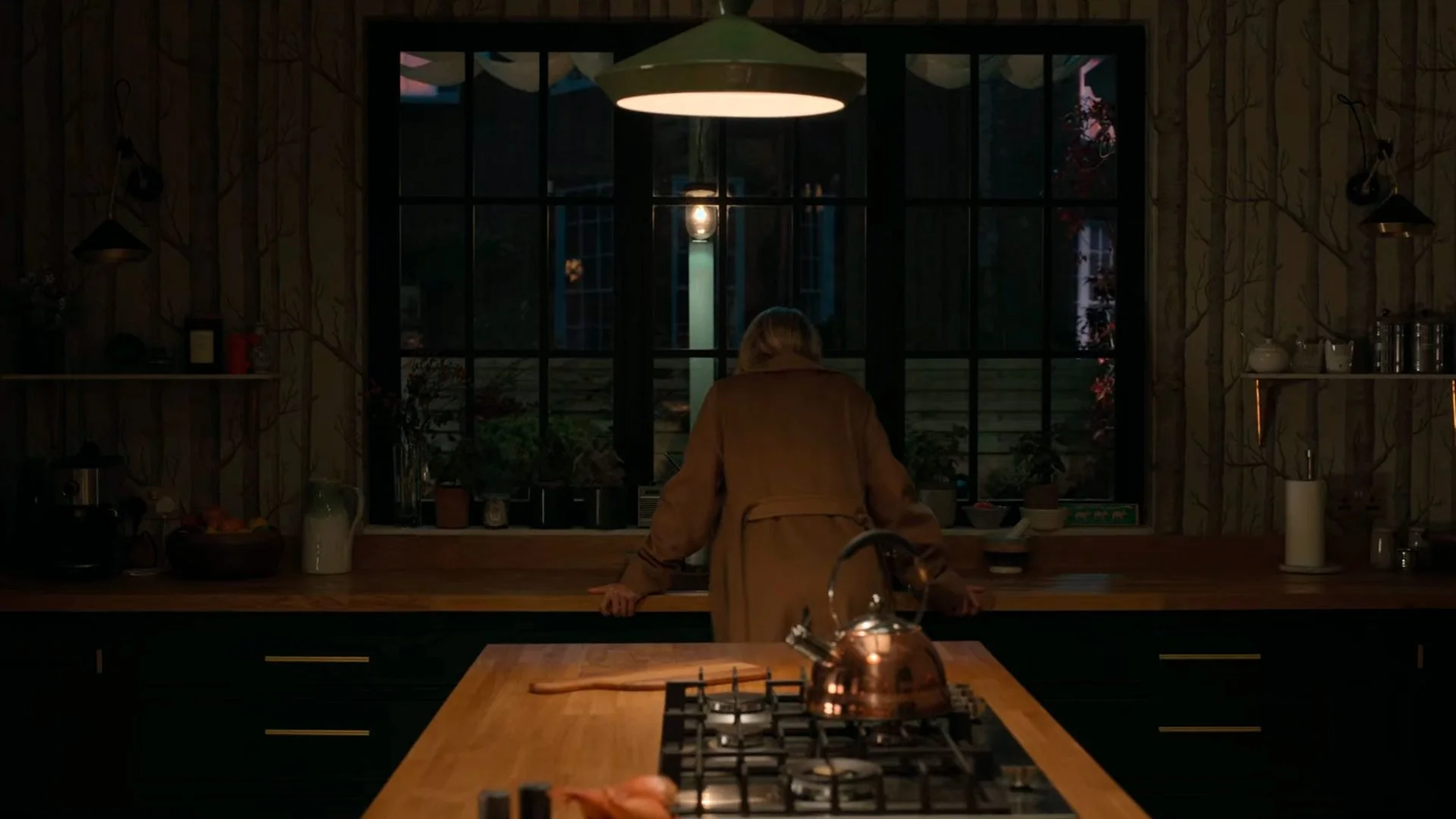Anatomy of a Scandal - Flashbacks with Cinefade
The Netflix limited series examines the complicated nature of memory, consent and privilege. Politician James Whitehouse (Rupert Friend) has been having an affair with his much younger parliamentary aide, Olivia Lytton (Naomi Scott), effectively turning the world of his wife Sophie Whitehouse (Sienna Miller) upside down. Flashbacks play a pivotal role in the story and DP Balazs Bolygo BSC, HSC got in touch with us to test the Cinefade system early on in the pre-production process to learn more about the kit and determine if it is the right tool to use as a transition device between two different timelines.
After a day of testing and mapping lenses at PixiPixel in London, the camera team hired a complete Cinefade kit including cmotion cPro hand unit, cPro rf motor and the Cinefade VariND directly from us for the shoot in Shepperton studios on several days throughout the production.
Behind the scenes of Anatomy of a Scandal
As the kit was used for dailies only, focus puller Christian Dragos and Loader Julian Sharma noted the convenience of being able to save lens files to a USB dongle and easily transfer them to a new cPro hand unit, allowing them to easily and quickly load the lens files, rather than having to map the same lenses again for each shot.
“We have been using the Cinefade system for its stylistic effect to transition between the current story time, to the main character’s flashback sequences, and back again - going from a deeper depth of field to a shallow dept of field to transition into a flashback, and then snapping back from shallow to a deeper depth of field to come back out of the flashback. Our Director S.J. Clarkson likes to do these depth of field pulls personally.”
- Julian Sharma (2AC)
Shooting on Sony Venice Cameras at 6K 17:9 with the new large format Leitz Prime lenses, the Cinefade enables Director of Photography Balazs Bolygo BSC, HSC to transition from a very shallow depth of field at T1.8 to a deep depth of field at around T8, a Cinefade of more than 4 stops. In the end, two distinct scenes made it into the final cut…
Cinefade scene - Sophie Whitehouse flashback
Cinefade transition from T1.8 to T5.6 ½
Sophie has just found out details of her husband's infidelity and rushes into the kitchen. We cut to a flashback of her happy family enjoying a day out on the beach but Sophie lurches herself out of the memory. It is at this moment that the Cinefade is used to very quickly transition from a shallow to a deep depth of field.
The move is almost imperceptible, as it happens so quickly, reflecting Sophie's sudden change in state of mind crashing back into the reality of her current situation.
The maximum speed of the Cinefade is marketed as 0.5 seconds but as this example shows, the system is capable of greater speeds. It helps to use the higher torque cforce mini or plus motors on the iris to move the iris ring at maximum speed. The VariND is slaved to the iris motor and is capable of rotating very quickly to keep up with the iris and maintain a constant exposure throughout.
A 40mm Leitz Prime lens was used from T5.6 ½ to T1.8 for the interior scene shot on stage at Shepperton studios, which was lit to a T11 (there is a 1.5 stop initial light loss with the VariND at full transmission).
Watch Cinefade scene
Cinefade scene - James Whitehouse flashback
Cinefade transition from T5.6 ½ to T1.8
As James finds a solitary moment of peace, sitting on the rim of his bathtub he remembers a late-night a chance encounter with his former mistress Olivia. As he slowly immerses himself in the memory, the background gradually becomes blurry until we cut to his memory of him rushing through the Houses of Parliament.
The shot proceeding the Cinefade shot is a high-angle wide looking down, which starts completely out of focus and then comes into focus with a quick focus pull connecting them and further communicating the transition from one timeline to an earlier one using depth of field as the cinematic transition device.
Also shot on a Leitz Prime 40mm lens from T5.6 ½ to T1.8, you can see a behind-the-scenes image below showing the camera setup with the VariND inside the matte box, which is at an angle. Positioning the two connected polarising filters that form the variable ND filter at an angle allows the DP to control polarisation effects on the face of the actor and of the background elements (if any). There aren't any changes in polarisation during the Cinefade transition but light reflecting off the actor's face (and off any surfaces in the background) can be controlled by rotating both polarisers together.
Behind the scenes of Anatomy of a Scandal shooting with the Cinefade system on Sony Venice camera and Leitz Prime lens
In an interview with Anne Cohen, director S.J. Clarkson says that "getting inside the characters’ heads psychologically is one of the things that really attracted me to this. When you read a book, there’s such detail in description and characters, rather than just narrative — that could be a blessing and a burden. How do you dramatize that? But equally, it just gives you these wonderful cinematic opportunities where you could really let the camera do the talking."
Watch Cinefade scene
Let us know your thoughts on the various aspects of the cinematography of Anatomy of a Scandal and we would love to hear how you would use our novel storytelling tool in your own project. Get in touch via social media or email and find out more about Cinefade here.








